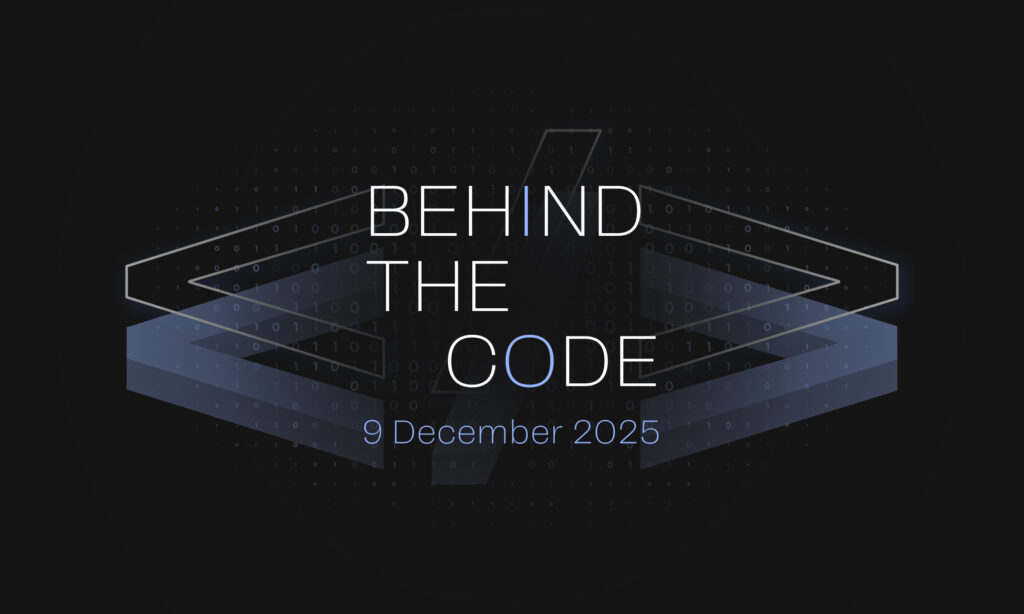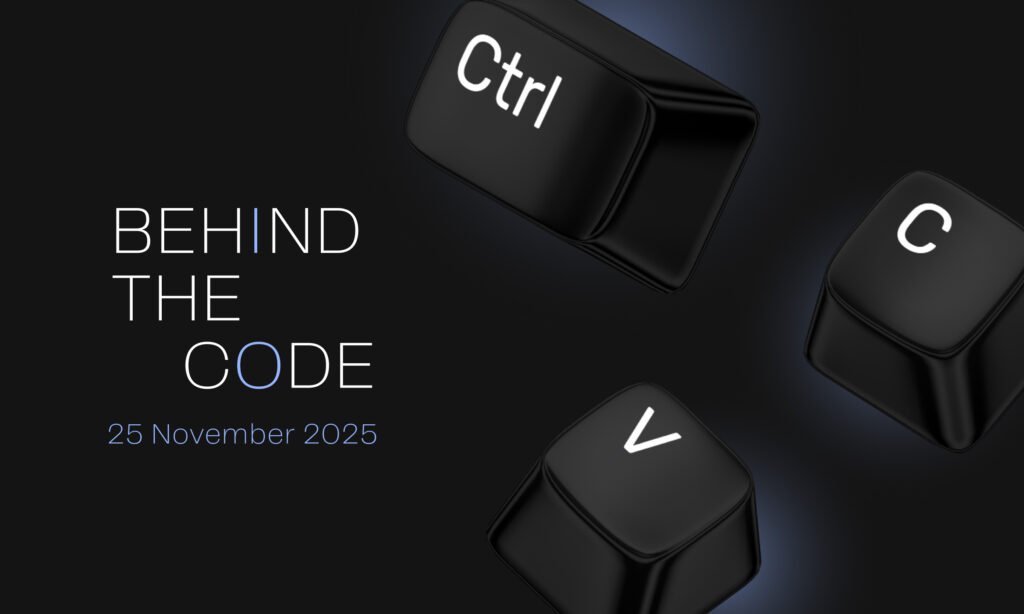Welcome to this week’s Behind the Code — your inside view into the teams shaping the Elastos SmartWeb. This cycle, two major engineering pillars reached milestone moments: the NBW team officially deployed the upgraded PGP chain, laying the groundwork for BPoS consensus and full monitoring automation, while Elacity Labs advanced the World Computer Initiative, integrating PuterOS and migrating Elacity’s runtime to Wasmer, moving decentralized apps into self-deploying, user-owned systems that run across cloud and edge environments alike.
NBW Team — Executive Summary
This week marked a pivotal step in Elastos’ Bitcoin-Fi evolution. The NBW team successfully completed the PGP chain’s official upgrade and deployment, resolving node synchronization issues within hours and optimizing gas distribution logic and DAO consensus production. With this foundation in place, the team initiated design of the BPoS block production contracts, providing the next evolutionary layer for consensus and scalability.
Meanwhile, EE Wallet gained full PGP chain support, enabling deposits, withdrawals, and on-chain transactions through the testnet. A comprehensive monitoring and load testing infrastructure was also established, combining web email alerts, node health metrics, and simulated high-traffic environments. Knowledge-transfer efficiency surged through a refined Notion-based system, while a collaboration gap in community deployment highlighted the need for streamlined review and release mechanisms under the NBW 2.0 transformation.
Elastos World Computer Initiative (WCI) — Executive Summary
This week’s progress brought the World Computer closer to reality. Elacity Labs completed integration between PuterOS and Wasmer, unifying Elacity’s backend architecture into a portable WebAssembly runtime capable of running identically across personal devices, edge boxes, and cloud environments. This migration transforms Elacity towards marketplace into a self-deploying user-owned operating layer, enabling anyone to become a node operator with no command-line setup.
Beyond ElastOS architecture, the team refined its universal platforms LaunchPad’s liquidity mechanics, strengthened backend synchronization, and introduced an AI-assisted development framework to automate diagnostics, dependency management, and testing. Major UX and infrastructure upgrades continued Elacity’s evolution into a polished, self-contained platform, moving towards the realisation of the Elastos World Computer.
The following section lists all updates, fixes, and plans
NBW Team
PGP Chain Upgrade and Deployment
- Upgrade Execution: Official chain upgrade completed with optimized gas fee logic and DAO node block production.
- Synchronization Stability: Detected and resolved node sync issues immediately post-upgrade; all nodes now stable.
- Deployment Scripts: New upgrade tools and procedures standardized for future releases.
- Consensus Improvements: Enhanced dynamic awareness logic for faster DAO node activation and overall stability.
BPoS Consensus Mechanism Development
- Contract Architecture: Designed the full BPoS block production contract model; documented architecture and deployment path.
- Technical Research: Conducted deep dive into technical implementation feasibility, ensuring alignment with Elastos’ hybrid consensus roadmap.
- Knowledge Base Transfer: New engineers onboarded and mastered BTCD contract logic within 3–5 days, reducing training time by over 70%.
EE Wallet — Full PGP Chain Support
- Functional Rollout: Implemented and validated deposits, withdrawals, and transaction processing on PGP testnet.
- UX Enhancements: Added wallet name/address previews, fixed transaction display issues, and improved BTCD app performance.
- Result: Seamless cross-chain wallet interoperability now active across EE Wallet environments.
System Monitoring and Load Testing
- Monitoring Layer: Built real-time PGP monitoring system with email-based alerting and node health tracking.
- Load Testing Setup: Completed scalable testing scripts to simulate large user access and establish baseline performance metrics.
- PostHog Analytics: Five key dashboards (network, order activity, engagement, conversion, BTC integration) ready but pending community deployment; call made for clearer review cadence.
BTCD Protocol Research
- Process Review: Fully mapped BTCD contract lifecycle, including inter-contract dependencies.
- Failure Analysis: Identified high-frequency failure scenarios in BTC order interactions; proposed mitigations for next sprint.
- Audit Continuation: Continued addressing Certik findings and prepared scripts for upcoming BTCD upgrade.
Technical Highlights & Challenges
- Node Sync Recovery: Fixed and patched in under 12 hours post-upgrade.
- BPoS Complexity: Architecture design finalized despite multi-contract interdependencies.
- Multi-Chain Wallet Stability: Achieved through methodical validation of all PGP testnet features.
- Testing Infrastructure: Load and monitoring systems now provide end-to-end observability across the chain.
Next Steps
- Begin BPoS contract development and testing.
- Execute PGP load testing and analyze bottlenecks.
- Integrate new metrics into monitoring dashboard.
- Finalize PostHog system deployment with PG community coordination.
- Optimize EE wallet UX for final PGP mainnet integration.
→ Impact: With the PGP chain live, BPoS contracts in motion, and full-system monitoring now operational, the NBW team has delivered the structural backbone for Bitcoin-native stable finance on Elastos.
Elastos World Computer Initiative (WCI)
World Computer: PuterOS Integration and Wasmer Migration
GitHub Base Version Rebuild
- Restructured and modularized core repositories for clean compilation and deployment.
- Completed full bilingual documentation for developer onboarding.
- Achieved reproducible pipeline capable of seamless deployment on both cloud and local nodes.
Interactive Deployment System (50% Complete)
- Introduced a dialogue-driven deployment assistant embedded inside Elacity.
- Automates compilation, configuration, and deployment across cloud and edge nodes (Jetson, mini-PCs, personal clouds).
- Enables secure cloud-to-edge handshake and automatic client app generation.
- Tested internal sync — cloud-to-edge deployments stable and reproducible.
Next Objectives
- Finalize one-click deployment flow between Elacity Cloud and PuterOS edge nodes.
- Launch device management dashboard for monitoring personal-cloud resources.
- Begin full migration of Elacity apps to Wasmer runtime.
Why It Matters? Wasmer creates a universal WebAssembly engine that allows apps to execute identically across all environments. Combined with PuterOS — the user-facing layer managing identity and compute permissions, it transforms every device into a World Computer node capable of hosting and trading applications autonomously.
LaunchPad: Liquid Channels and Smart Contract Refinement
- Updated bonding-curve contracts with corrected exponential pricing logic.
- Integrated Tracker Services for real-time liquidity and holder visibility.
- Refactored large contracts to bypass EVM byte-size limits; redeployed to production.
- Finalized unit tests and dynamic supply simulations for post-graduation logic.
- Result: LaunchPad now supports adaptive, live-priced digital markets where liquidity responds to real-time user activity.
Backend Synchronization & AI-Driven Development Framework
- Backend Sync Phase 1 Complete: Cross-network transaction flow stabilized.
- AI Rule Scaffold: Early automation layer introduced for predictive diagnostics and test validation.
- Continuous Testing Harness: Establishing AI-assisted feedback loops for future self-optimizing pipelines.
- Documentation Standardization: Unified architecture docs and deployment contexts for staging/production parity.
UI / UX Refinement and System Consolidation
- Mobile Navigation: Introduced a 5-icon bottom navigation bar for intuitive flow.
- Notifications: Unified frosted-glass alert system with theme-reactive styling.
- Analytics: Upgraded to Recharts with animated gradients, hover stats, and CSV export.
- Visual Polish: Enhanced typography, responsive scaling, and universal modal language for global users.
Outcome: A refined, consumer-grade interface that hides Web3 complexity behind elegant usability.
Infrastructure and Documentation
- Merged multi-branch updates.
- Streamlined CI/CD for faster testing and rollout.
- Completed bilingual documentation and unified stablecoin transaction logic across 14+ blockchains.
Result: A single universal payment layer seamlessly integrated into Elacity’s decentralized economy.
Next Week’s Focus
- Continue automation of cloud↔edge deployments.
- Launch PuterOS management dashboard for resource tracking.
- Complete Wasmer migration across all active apps.
- Extend AI framework for automated branch testing and anomaly prediction.
- Prepare LaunchPad curve-logic showcase for November’s presentation.
Elacity is no longer just a decentralized marketplace, it is becoming the runtime layer of the Elastos World Computer. From licensing and rights validation to execution and payment, every process is converging toward user-owned autonomy. In the next phase, users won’t just access Elacity, they will host it, run it, and own their piece of the internet itself.
Looking Ahead
- NBW Team: BPoS contract development begins; load testing and PostHog deployment next.
- Elacity Labs: PuterOS-Cloud automation and Wasmer migration advance toward full public demo.
- EE Wallet: PGP chain support prepped for release integration.
Elastos continues to converge its Bitcoin-Fi infrastructure and decentralized runtime into one cohesive system — the SmartWeb, where ownership, compute, and identity are inseparable.








